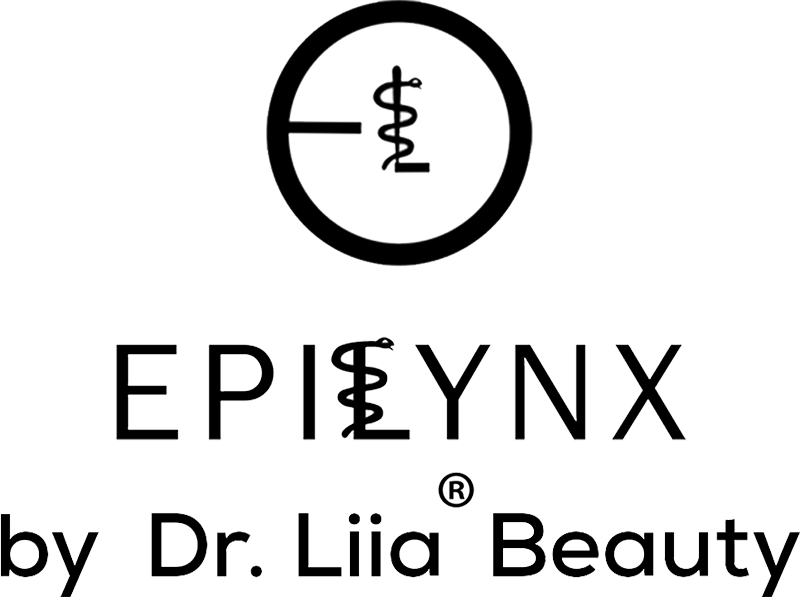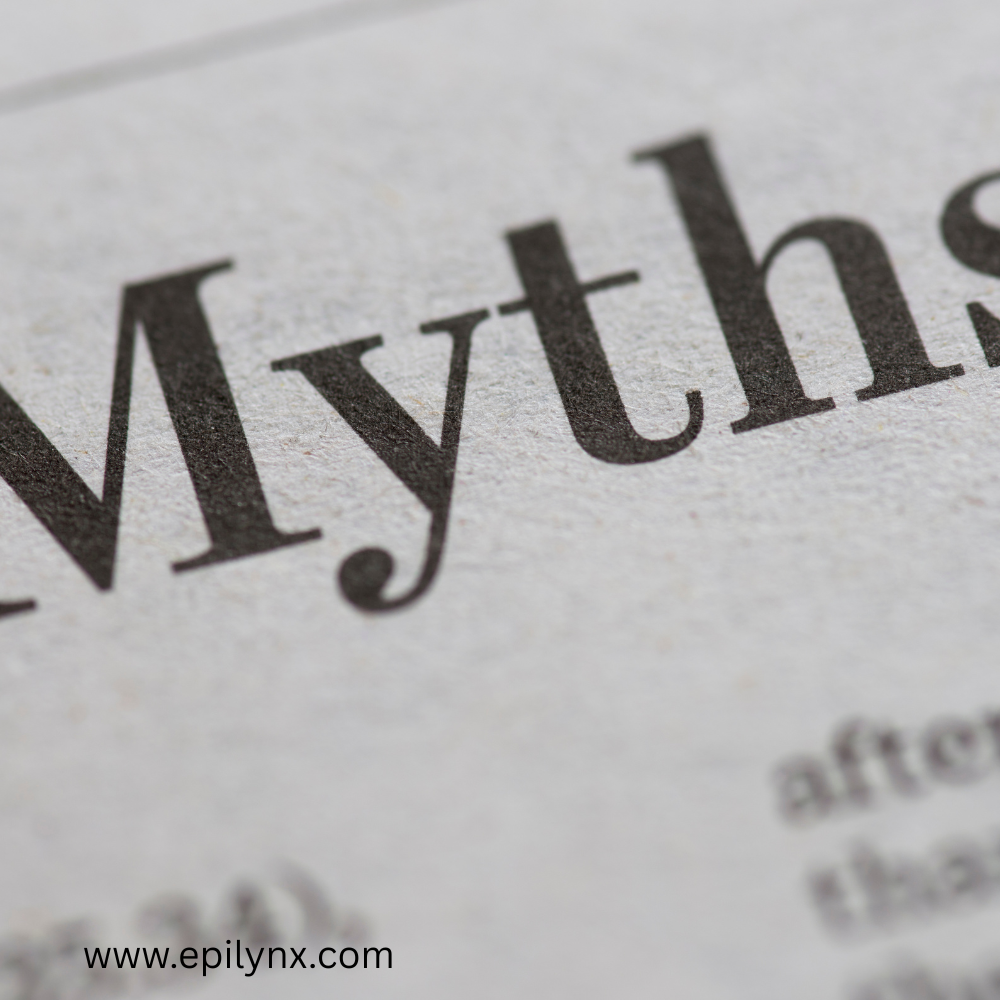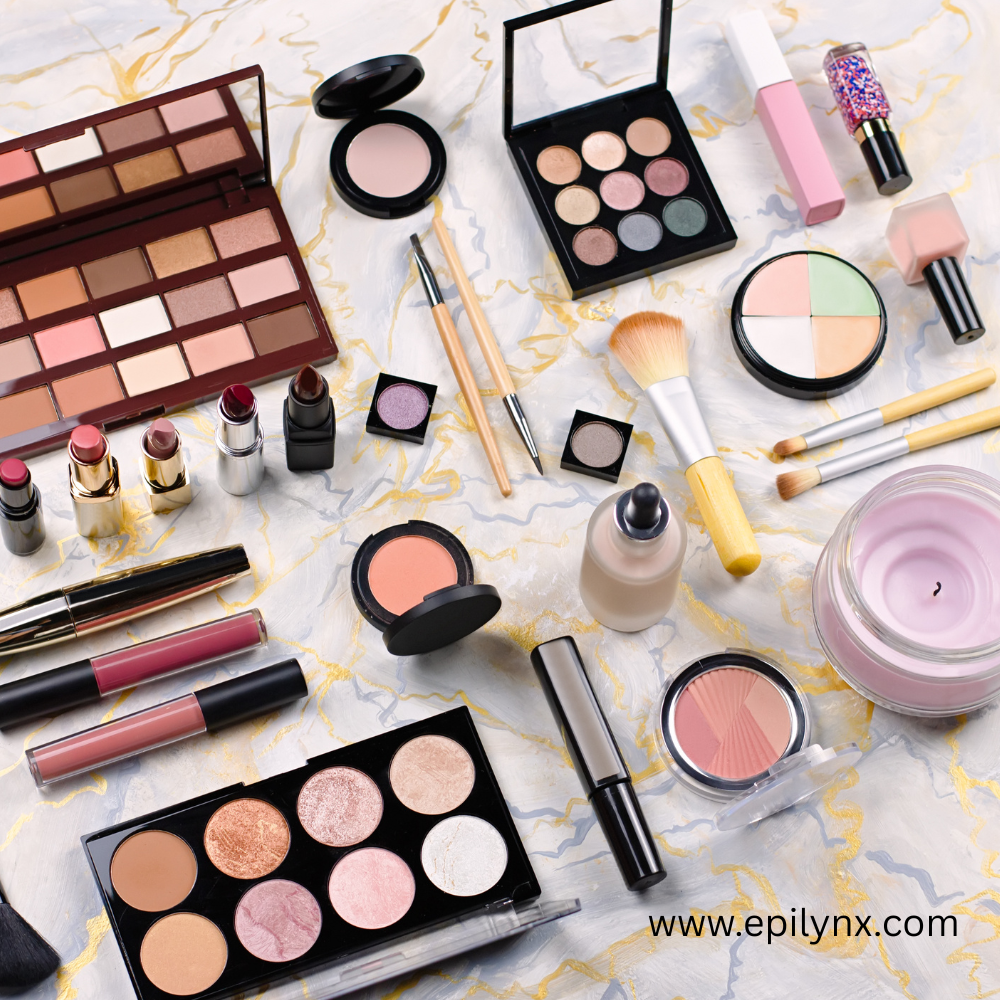
Makeup Through the Ages: From Poisonous Powders to Power Moves
We’ve Been Painting Our Faces Since Forever (Literally)
Makeup isn’t new.
It’s one of humanity’s oldest art forms — a universal language of power, beauty, protection, and sometimes pure chaos.
Before there were palettes and primers, people mixed minerals, ashes, bugs, and even poison to get the “look.”
Every era’s makeup told a story — about status, identity, survival, or rebellion.
Let’s take a trip through 5,000 years of contouring, creativity, and questionable chemistry.
1. Ancient Egypt: The Birth of the Smoky Eye 👁️
Egyptians invented the concept of makeup with purpose.
Men and women wore bold kohl eyeliner not only for beauty — but for sun protection and spiritual defense.
Their signature formula? Crushed galena (a lead-based mineral), soot, and animal fat.
Looks great, feels… toxic.
📌 Science fact: Kohl’s dark pigment reflected sunlight, reducing glare — ancient SPF!
📌 Downside: Prolonged lead exposure damaged skin and nerves.
✅ Modern version: Vegan, allergen-safe eyeliners with carbon-based pigments — minus the lead poisoning.
💡 Fun fact: Archaeologists found ancient eyeliner pots with built-in applicators — the OG makeup compacts.
2. Ancient China: The First Red Lip 💋
Chinese royals in the Shang Dynasty (around 3,000 years ago) wore lip color made from beeswax, red ochre, and crushed gemstones.
Lips symbolized vitality, prosperity, and protection from evil spirits.
📌 Cultural note: Red wasn’t just a color — it was energy, luck, and life.
📌 Science win: Beeswax was the world’s first natural emollient.
✅ Modern echo: Red lipstick remains a symbol of confidence, revolution, and self-expression — now in gluten-free, cruelty-free formulations.
3. Ancient Greece & Rome: Beauty, But Make It Sneaky 🫣
In Ancient Greece, heavy makeup was frowned upon — “modesty” was ideal.
So women crushed mulberries or red clay for a subtle tint, pretending it was natural.
Romans, on the other hand, went all in — lead-based foundations, chalk-white faces, and saffron for blush.
📌 Result: Porcelain complexions… and lead poisoning.
📌 Modern glow-up: Clean mineral foundations that perfect without poisoning.
💡 Fun fact: Roman soldiers wore red pigment around their eyes during battle — to look more intimidating.
4. The Middle Ages: Lipstick Was a Sin (Apparently) 😇💄
During medieval Europe, makeup was associated with vanity and witchcraft.
Women used herbs, berries, and — in extreme cases — mercury-based powders to fake “God-given” radiance.
📌 Church-approved beauty: Natural pallor, no color.
📌 Underground beauty: Red-tinted balms made from roots and wax, hidden like contraband.
✅ Modern takeaway: Makeup has always been rebellion — and still is.
5. The Renaissance: Blush, Brows, and Blinding White Faces 🎨
Renaissance women went pale — the whiter, the better.
They used lead and vinegar paste for foundation and crushed beetles for blush.
Yes, beetles.
Cochineal and carmine dyes are still used in some products today (though vegan brands now skip the bugs).
📌 Science fact: Lead makeup caused anemia and hair loss — but hey, priorities.
✅ Modern fix: Clean, vegan pigments and mineral colorants for sensitive skin.
💡 Fun fact: The word “makeup” didn’t even exist yet — they called it “toilette.”
6. The 18th Century: Beauty Gets Political (and Poisonous) ☠️🎀
The Georgian and Rococo eras brought the drama: powdered wigs, rouge, painted veins, and beauty patches shaped like hearts or stars.
Men and women both wore layers of lead paint and carmine rouge to show wealth.
The look said: “I’m rich enough to stay indoors.”
📌 Downside: The powder caused lead poisoning, blackened teeth, and death.
📌 Modern upgrade: Clean foundations that flatter your skin tone — and your lifespan.
💡 Fun fact: People literally “signed” secret love messages through placement of their face patches. Scandal and style, hand in hand.
7. The 1920s: Red Lips and Revolution 💃
Enter the flapper era — where lipstick became a symbol of freedom.
After World War I, women chopped their hair, danced in speakeasies, and painted their lips cherry red as a declaration of independence.
📌 Cultural shift: Makeup wasn’t vanity anymore — it was visibility.
📌 Science boost: The first twist-up lipstick tube was invented in 1915.
✅ Modern echo: Red lipstick still marks power, rebellion, and joy — just now in allergen-safe, vegan formulas.
💡 Fun fact: Suffragettes used red lipstick as a form of protest — it freaked out politicians and we love that for them.
8. The 1950s: The Birth of “Flawless” 💅
Post-war glam brought smooth skin, soft powder, and pastel lips — think Audrey Hepburn and Marilyn Monroe.
📌 New obsession: The perfect matte finish.
📌 Science leap: Foundation emulsions were born — but often used animal fats and heavy perfumes (sensitive-skin nightmare).
✅ Modern upgrade: Lightweight, gluten-free, non-comedogenic foundations that breathe.
💡 Fun fact: The 1950s introduced shade ranges… though for decades, “range” meant three shades of beige.
9. The 1980s: Color Explosion ⚡️
Blue eyeshadow. Neon blush. Lip liner thicker than a Sharpie.
The 80s said: “Subtlety? Never heard of her.”
📌 Inspiration: MTV, pop idols, self-expression.
📌 Innovation: Powder pigments, metallic finishes, and waterproof everything.
✅ Modern echo: Playful color, but cleaner ingredients — mica without microplastics, pigments without irritants.
💡 Fun fact: Blush was applied everywhere — cheeks, temples, even ears. More was more.
10. Today: Filters, Freedom, and the Great Makeup Detox 📱🌿
Today’s makeup culture is all about balance — between artistry and authenticity.
We contour and highlight, but we also celebrate bare skin.
Makeup is no longer a mask — it’s a mood.
📌 Modern movement: Inclusive shades, vegan pigments, allergen-safe ingredients, and barrier-respecting formulas.
📌 Science truth: Less can be more — clean formulations let skin breathe and microbiomes thrive.
💡 Fun fact: Over 60% of Gen Z prefers “hybrid” makeup — products that act as skincare too.
✅ New beauty motto: Wear makeup that loves your skin back.
Final Thought: From War Paint to Self-Love 💖
Makeup started as survival, became art, flirted with poison, and ended up as empowerment.
Every swipe of color in history told the same story:
the human desire to be seen, to feel beautiful, to create.
Now, we finally have the science to do it safely —
gluten-free, cruelty-free, allergen-safe, and kind to every complexion.
Because the most powerful makeup isn’t about transformation — it’s about expression.
And that? Never goes out of style.


